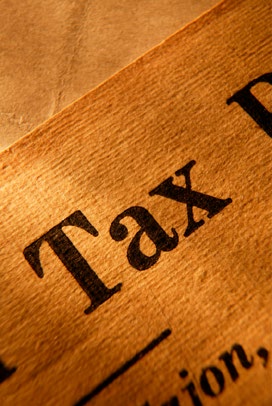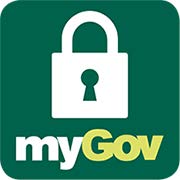
Dates to Remember
21 Sep: Lodge and pay August 2019 monthly business activity statement
30 Sep: Lodge PAYG withholding payment summary annual report of BAS lodged with Concepts & Results
30 Sep: Single Touch payroll deadline to start reporting
21 Oct: Lodge and pay September 2019 monthly activity statement
28 Oct: Superannuation Guarantee Contributions for Sept Quarter Due
21 Nov: Lodge and pay October 2019 monthly activity statement
25 Nov: Lodge & Pay September 2019 quarterly activity if lodged with Concepts & Results
21 Dec: Lodge & Pay November 2019 monthly activity statement



